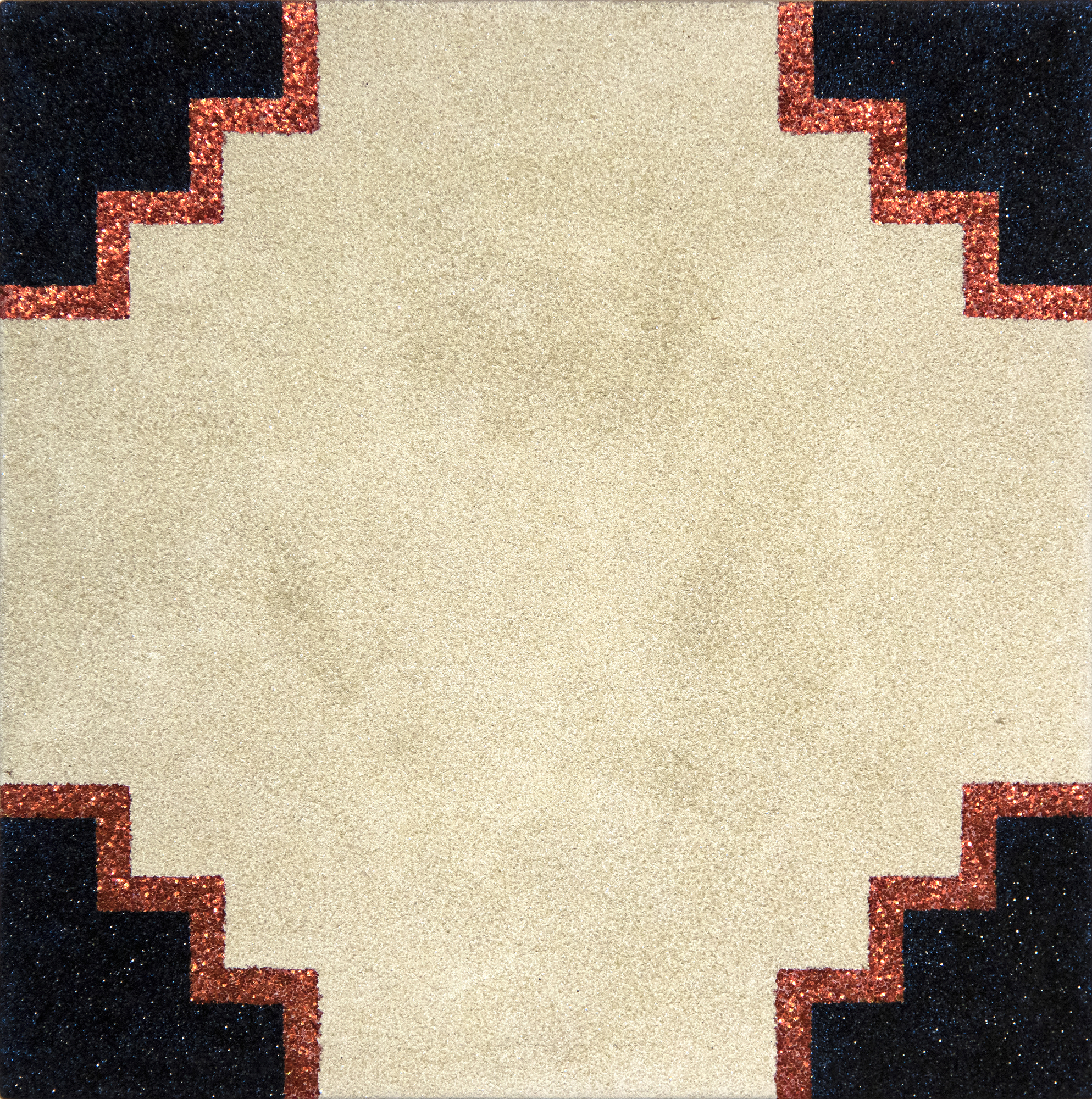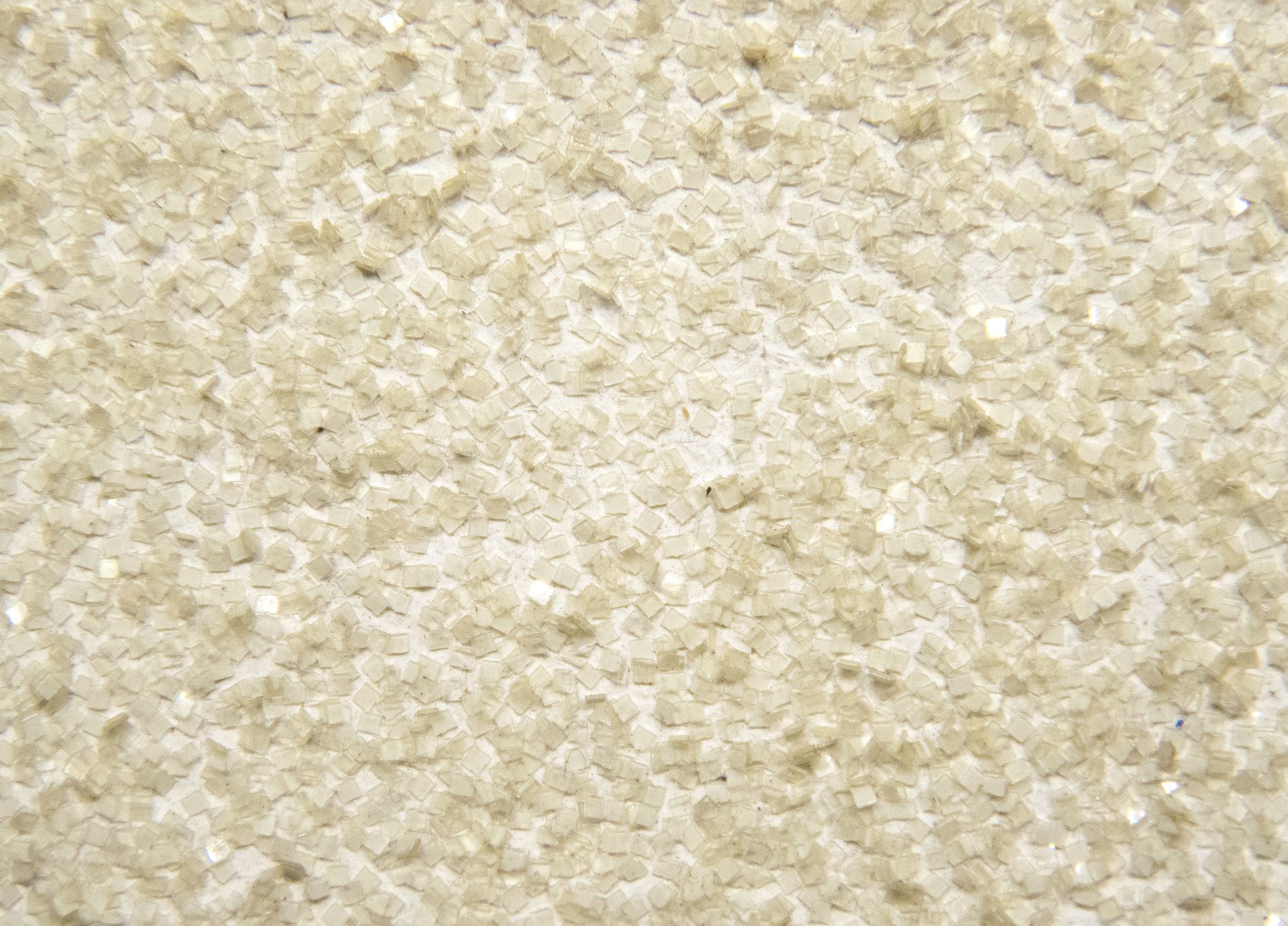Mary CORSE (b. 1945)









种源
私人收藏,艺术家的礼物,1975年纽约佳士得2019年9月27日,星期五,拍品00104
私人收藏
125,000
,玛丽-科尔斯微球画的摄影图片不仅是一种沉闷的表现,而且还忽略了一点--它是依赖于经验的艺术,需要参与 "存在"。 当然,"无题"(1975年)违背了这种一点一滴的静态视角,而是依赖于一种实时、互动的艺术体验,在观众体验视网膜刺激、感觉和感受的转变时,提高了对空间中身体的认识。这是一只罕见的鸟。 它的设计、几何形状和颜色都异常娇小,两英尺见方,掩盖了她早期的启示,导致了她对通常的还原性调色板的投入。相反,它是一个大胆的声明,采用了亮片颜色,其中心领域在四角以闪亮的红色阶梯式图案为界,将其与角部的星空窗台分开。它可能不包括一个明星图案,但它有属于好莱坞星光大道的魅力和存在感。


